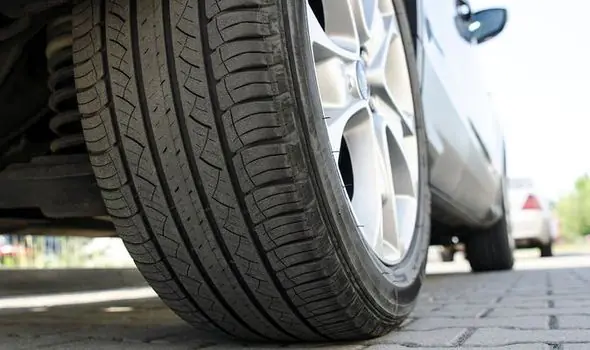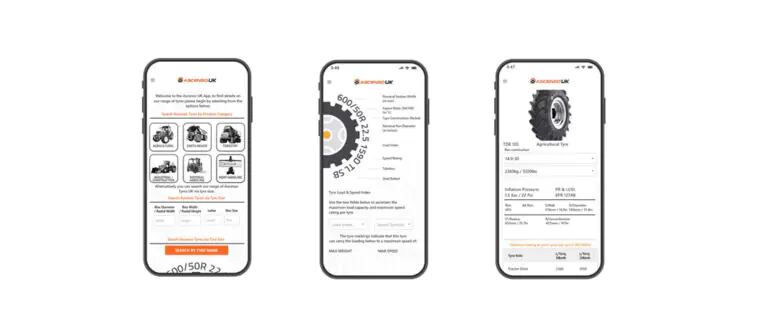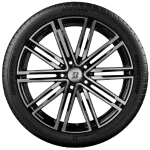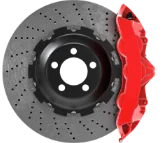Minimum legal tread depth is still required despite MoT exemption changes
Article written by Bush Tyres
With the introduction of a six-month exemption on MoT for Britain’s motorists, drivers should be aware this does not mean the law governing the minimum legal tread depth of 1.6mm has been suspended.
Tread depth is essential to keep a vehicle in contact with the road in wet conditions. Without this crucial contact, a vehicle will be more difficult to control and take longer to stop. At present, a tyre being driven below 1.6mm is illegal and if found bythe police could result in a fine of up to £2,500 and three-points being added to a driver’s licence – per tyre.
In the battle to halt the Coronavirus pandemic, the government announced that from the 30th March 2020, vehicle owners have been granted a six-month exemption from MOT testing to enable vital services such as deliveries to continue, frontline workers to get to work, and people to get essential food and medicine.
"Too many of Britain’s vehicle owners have … been leaving tyre checks to the MoT testers."
While this measure was deemed to have been essential, it does mean drivers will have to take greater responsibility for their own road safety, as over a quarter of MoT failures have historically been due to unsafe tyres. Too many of Britain’s vehicle owners have until now clearly been leaving tyre checks to the MoT testers. If motorists are to minimise their risk of an incident on the roads, they will need to ensure their tyres’ air pressure, condition and tread depth are fit for the road and legal.
A tyre’s correct air pressure is determined by the vehicle manufacturer and can be found in the handbook, door shut or fuel filler cap, and on many online pressure look-up tables including at tyresafe.org. Owners should use an accurate pressure gauge to check their tyre’s inflation level and adjust it according to the manufacturer’s recommendation, paying attention to the need to adjust between heavy and light loads.
A 20p-piece can be used as a guide to how close a tyre’s tread is to the legal limit. Insert the coin across the width of the tyre and around its circumference; if you can see the border to the 20p, your tyre is close to the legal limit and should be checked with an accurate gauge.
Drivers should also check their tyre doesn’t have any lumps, cracks or objects embedded in it.
If any of these are seen, the tyre should be considered unsafe to use until checked by a professional. TyreSafe’s Chairman, Stuart Jackson said: "The need to make vehicles exempt from the MoT is regrettable from a road safety point of view but entirely understandable in the current context of the Covid-19 pandemic. However, drivers should be making certain when they drive, their vehicle is safe. With so many uncertainties and unexpected events happening to families and organisations all the time, drivers should not delay in carrying out these checks but instead be confident their car is roadworthy no matter what the reason for their essential journey."
This article has been adapted from a TyreSafe post on 1st April 2020

At this years LAMMA to be held at the Birmingham NEC, Ascenso Tyres UK will be launching a new a brand new App especially designed to provide in depth knowledge on tyre pressures, load ratings and best uses for their Ascenso Tyres





 Tyres
Tyres Services
Services Fast Fit
Fast Fit Offers
Offers